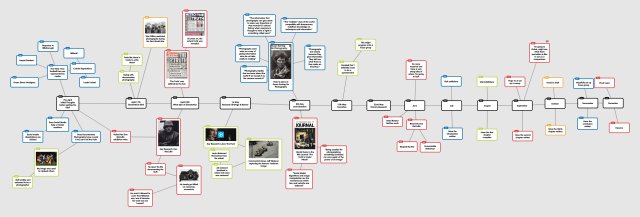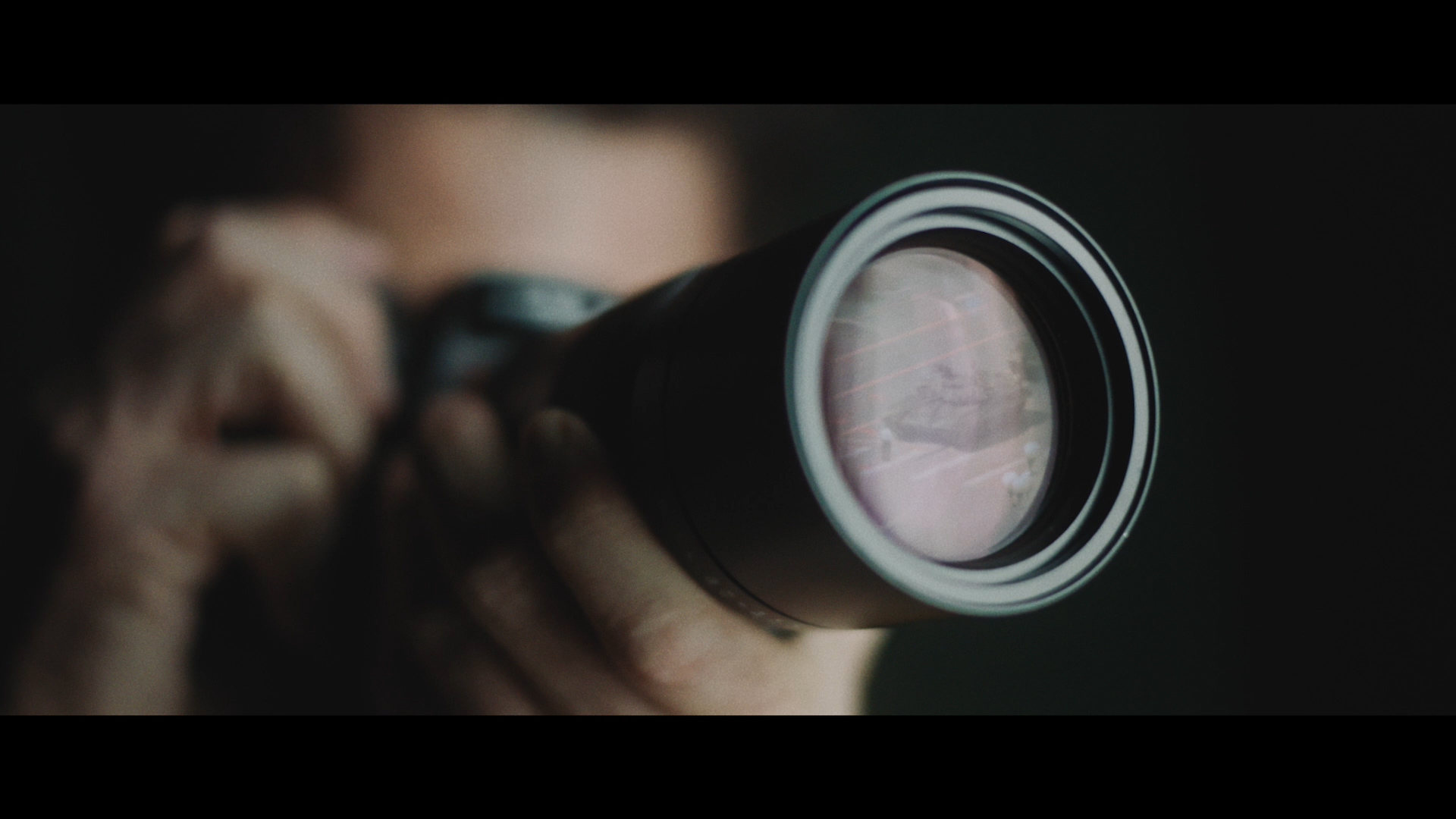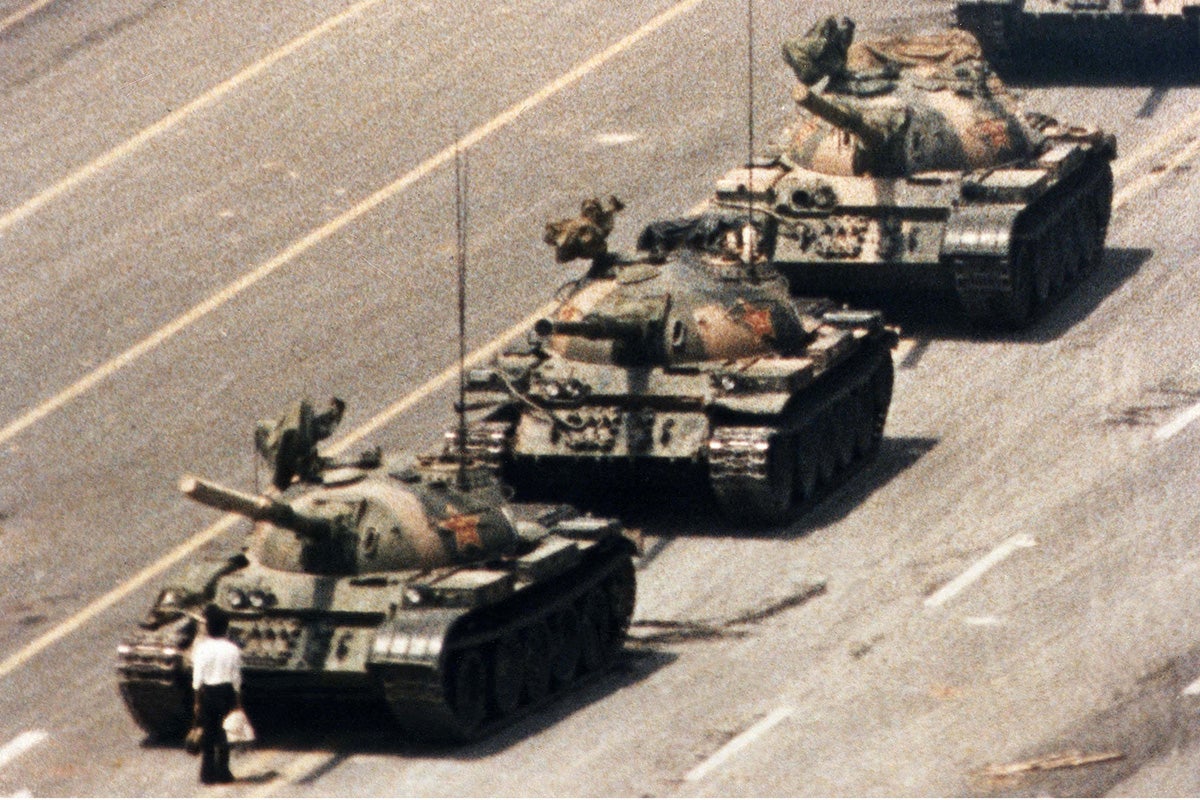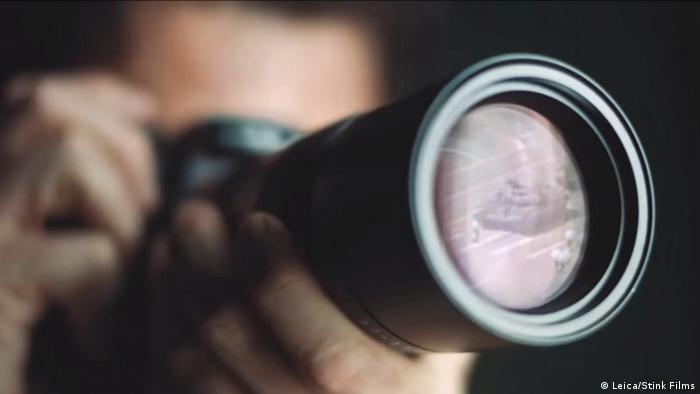Progress Map for Dissertation



Progress Map for Dissertation


Leica: The Hunt
I feel the above video is going to have a big part in my dissertation.
Firstly this advert/short film is “dedicated to those who lend their eyes to make us see” It shows Leica as being the tools of the trade for informing the world about world affairs. Whether it be an indigenous tribe in Africa, a war in the Middle East or protests in China. These are the tools and these are the people who give their lives to making sure we are made aware of the truth.
 However, that final point led to loads of controversy. The climax of the advert is of Jeff Widener of the Associated Press rushing through an apartment complex away from Chinese soldiers so he can snap the famous Tank Man image.
However, that final point led to loads of controversy. The climax of the advert is of Jeff Widener of the Associated Press rushing through an apartment complex away from Chinese soldiers so he can snap the famous Tank Man image.
Still, to this day, the Communist Party in China hasn’t revealed the full figures of just how many people were killed during the Tiananmen Square protests and they probably never will. The inclusion of this incident led to a massive backlash in China and apparently even backlash from the Chinese government. The word Leica was censored in China. So we are seeing politics not allowing the truth to come out.
Lecia even distanced themselves from the advert when they got the backlash. They said “the video was not commissioned, financed or approved by any company in the Leica Group” however a spokeswoman for Leica “was quoted by Hong Kong’s South China Morning Post as saying the video was approved by Leica” So we’re also potentially looking at companies and photographers that are afraid of telling the truth because they are worried at how people will respond.
But we do need to remember that this quote came from a Chinese publication so it could very well be state-controlled or at least state influenced.
My Lead Question & Visual References for my Dissertation
At the moment, the lead question for my dissertation is along the lines of “What is the purpose of documentary photography if we can’t document the truth”
 As regards to visual references, the first one is the work of Don McCullin.
As regards to visual references, the first one is the work of Don McCullin.
As I mentioned, we all know and respect Don McCullin for being the war photographer who never shied away from telling the truth. Apparently, he only staged one image, his reputation and style led to him apparently being banned from covering the Falklands War by the British government.
His very first image that got published was of the gangsters he grew up with the Guvnors. The images were published in the Observer newspaper because one of the gangsters was accused of killing a policeman, but this wasn’t the truth.
 The second visual reference is Ken Jarecke’s image of the burnt Iraqi soldier. This picture was unseen in America, but it was printed in the papers in England and when it was at Heathrow is started to travel around the world
The second visual reference is Ken Jarecke’s image of the burnt Iraqi soldier. This picture was unseen in America, but it was printed in the papers in England and when it was at Heathrow is started to travel around the world
 The third visual reference is Tankman at the Tiananmen Square massacre. I’m including this image because this image was subject of a recent Leica commercial which got banned in China because of its depiction, this also led to Leica being censored in China and Leica even distanced themselves from the advert despite everything pointing to it being genuine.
The third visual reference is Tankman at the Tiananmen Square massacre. I’m including this image because this image was subject of a recent Leica commercial which got banned in China because of its depiction, this also led to Leica being censored in China and Leica even distanced themselves from the advert despite everything pointing to it being genuine.

My Lead Question
My initial lead question for my dissertation is all about documentary photography. At the moment it is “What is the purpose of documentary photography if we can’t document the truth”
I was considering writing about how photographers document the truth, but given today’s age of social media and camera phones. Anyone and everyone can document and share the truth.
 One avenue of research I would look into is Don Mccullin. We all know him as the photographer who never held back from telling the truth. He said in an interview that appeared in his documentary that he wanted his images to hit the viewer hard, he wanted them to be shocked after eating breakfast. So he wants his pictures to be full of the truth.
One avenue of research I would look into is Don Mccullin. We all know him as the photographer who never held back from telling the truth. He said in an interview that appeared in his documentary that he wanted his images to hit the viewer hard, he wanted them to be shocked after eating breakfast. So he wants his pictures to be full of the truth.
However, his baptism of fire you could say was a lie. His first image use was of the Guvnors in Finsbury Park. The images got used because they were accused of murdering a policeman, but Mccullin knew that they didn’t do the murder. But that was the start of Mccullin.
 Another visual/research I’d consider writing about is Ken Jarecke’s image of the burnt Iraqi soldier.
Another visual/research I’d consider writing about is Ken Jarecke’s image of the burnt Iraqi soldier.
 For this dissertation, I feel it is important to keep it in the realms of documentary photography. It is a question that is part of every sector of the world. But I feel that is too broad, so I don’t think I will be venturing into aspects other than photography. So this does mean I probably won’t speak about the infamous Sun headline the day after Hillsborough. This is definitely another avenue of research.
For this dissertation, I feel it is important to keep it in the realms of documentary photography. It is a question that is part of every sector of the world. But I feel that is too broad, so I don’t think I will be venturing into aspects other than photography. So this does mean I probably won’t speak about the infamous Sun headline the day after Hillsborough. This is definitely another avenue of research.

Susan Sontag On Photography
Below are some quotes that interested me from Susan Sontags On Photography. There are some quotes which I feel are very relevant to my dissertation question. These are marked with a *
Arguments within Photography
There are many arguments within the photography industry, below are three which I feel I have a connection to.
Argument One: Documentary Photography
One argument that I have felt really connected to is around the world of documentary photography. Documentary photography is all about telling the truth but what the is truth nowadays, the truth is determined by what the government or the press want it to be. We’re no longer in the time of Don McCullin where he could get on whatever helicopter he wanted, we have to remember than McCullin was banned from covering the Falklands.

Argument Two: Photoshop
Another popular argument is about the application of manipulation software like Adobe Photoshop. It is a very popular phrase to say that something has been photoshopped. Yes, this is mainly an internet trend where we see bonkers manipulation of imagery that is so obviously faked. However, it does actually happen in the industry, not only are we seeing models that are being made slimmer, we are at the point where skin conditions are removed and tones are adjusted to fit the target audience.
It does make me ask, why would a portrait need Photoshop retouching to remove skin conditions, a portrait is supposed to show the reality of someone and Photoshop can remove the reality.
Argument Three: Street Photography Ethics
 The third argument I’m very aware of is regarding the ethics of street photography. We know that everyone does have a right to take an image in a public place however everyone does have the right to privacy and I feel people on the streets do have a right to be annoyed about having an image taken of themselves on the streets. Especially if you do it in a similar style of Bruce Gilden.
The third argument I’m very aware of is regarding the ethics of street photography. We know that everyone does have a right to take an image in a public place however everyone does have the right to privacy and I feel people on the streets do have a right to be annoyed about having an image taken of themselves on the streets. Especially if you do it in a similar style of Bruce Gilden.
It is a tough one, when one right is enforced another one is hindered

Initial Idea for Dissertation
 My first idea for my dissertation is about documentary photography. We are in a day where world events can be shared in an instant. However, it doesn’t seem possible for the truth to come out.
My first idea for my dissertation is about documentary photography. We are in a day where world events can be shared in an instant. However, it doesn’t seem possible for the truth to come out.
The ‘truth’ is determined by certain people, take the Hillsborough Disaster, The Sun printed ‘The Truth’ on the front cover and that was revealed to not be the truth. This does make me question what is the point of documentary photography or journalism in general.